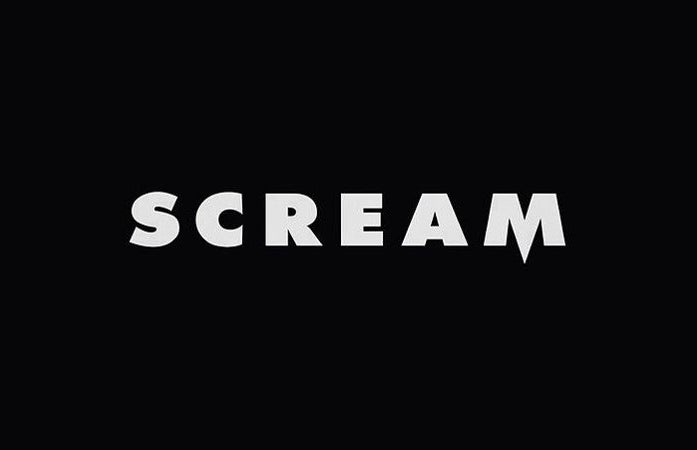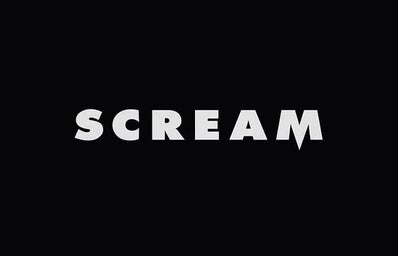It’s been twenty-four years (officially twenty-five in December) since Wes Craven released his highly acclaimed slasher-horror film, Scream. One of the most talked-about films of the 90s, Scream reinvented the slasher-horror genre he helped establish. Made twelve years after his Nightmare on Elm Street, the film revived a genre that had seemed to be going stale.
I’m certain you have seen the famous gifs of Billy Loomis (Skeet Ulrich) licking his bloody finger against the door. Or videos of the iconic quote delivered by Tatum Riley (Rose McGowan): “Don’t kill Mr. Ghostface, I want to be in the sequel,” moments before her horrible — almost hilarious — death. You may have even seen the spoof scene from Scary Movie where Ghostface answers the phone and says “Wazzup” back and forth. But it’s hard to mention Scream and not have a clear picture of the opening scene with Drew Barrymore.
Leading up to its release on December 20th, 1996, Drew Barrymore was front and center for Scream’s marketing. Her face was all over posters, billboards, and commercials — making many people believe that the horror story would revolve around her character or at least hint that she would be a final girl. It also made sense she would get the poster treatment since she was the biggest star among her castmates. But what people got in the very first scene quickly shifted people’s original thoughts and expectations.
Rocking a cute blonde bob, Casey Becker (Drew Barrymore), home alone, finds herself at the end of an anonymous prank call. The conversation starts simple and innocent. “What’s your favorite scary movie?” The unsettling voice asks Casey through the phone. Already, the film grabs the attention of its audience by having the characters reference horror films. Never before had we seen horror films reference other horror films, let alone self-referencing the director’s own, Nightmare On Elm Street. It’s subverting a major horror trope!
After a brief conversation about their favorite horror films, we discover that this ‘harmless’ prank call is about to take a dark turn.
“Why do you want to know my name?” Casey rightfully asks. The caller answers: “Because I want to know who I’m looking at.”
Moments after, Casey plays a game for her life, but ultimately loses as she fails to name the correct killer in the original Friday the 13th (It’s not Jason Voorhees — it was his mother). Not much later, Casey is chased and brutally killed off; thus, ending Barrymore’s screen time.
But why kill her off in the first twelve minutes?
Killing the biggest star at the start of the film was shocking — and even daring. But surprisingly, it was Drew’s decision. When asked what led her to this decision on an episode of Hot Ones, she responded:
“In the horror film genre, my biggest pet peeve was that I always knew the main character was going to be slugging through at the end, but was going to creak by and make it. What I wanted to do is to take that comfort zone away. So I asked if I could be Casey Becker so we would establish this rule does not apply in this film.”
And this decision would go on to help create the impact the Scream franchise has today. In the sequels, there have been multiple star cameos that continue to mess with the audience’s expectations. Using Drew for marketing only to kill her character off in the first twelve minutes was an extraordinary plot device.
Wes Craven’s Scream definitely stepped up and changed the horror game. The first twelve minutes of the film proves that no matter how big the character is, they are not big enough to go up against the killer.


